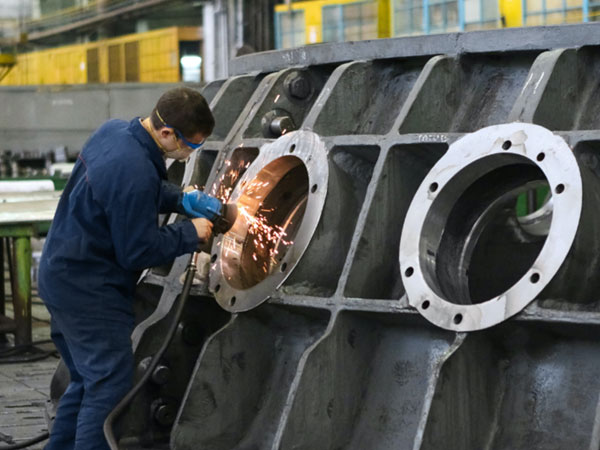Aluminum is a versatile and important material used in a wide range of industries. While the different forms and shapes of this metal are used in various industries, aluminum billets also play an important role. Aluminum billets are large, cylindrical or square pieces used as starting material for casting and forming processes. This article will examine what the ideal aluminum billet casting is and why it is important.
An ideal aluminum billet casting includes a number of important factors. First, material quality is critical. Using a high purity and homogeneous aluminum alloy can improve the mechanical properties and performance of the final product. A good casting process ensures that possible pores, inclusions and other defects in the material are minimized.
Temperature control also plays a vital role in ideal billet casting. Keeping the material in the correct temperature range during the casting process improves the homogeneity and microstructure of the material. It can also reduce undesirable consequences, such as cracks that may occur as the material cools.
Casting speed is also a factor to consider. Casting at a controlled rate can reduce internal stresses and help the end product achieve better mechanical strength and surface finish. In addition to the casting speed, the design of the casting mold used during casting is also of great importance.
Finally, the suitability of workmanship and equipment must also be considered in aluminum billet casting. Proper equipment selection and expert personnel managing casting operations can help achieve desired results.
Ideal aluminum billet casting is vital to improve the quality and performance of the end product. Factors such as material quality, temperature control, casting speed and suitability of casting equipment are the cornerstones of a successful casting process. From industrial applications to the automotive sector, the correct casting of aluminum billets ensures that the end product has the desired properties.

